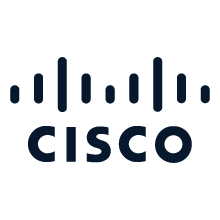My experience with Cisco Secure Firewall is positive. I appreciate it because it has always been easy for me as an individual to navigate and manage anything Cisco-related.
My impression of the visibility and control capabilities of Cisco Secure Firewall in managing encrypted traffic is somewhat mixed. I have a concern about the GRE and the Snort inspection. Sometimes Snort would break GRE traffic when trying to tunnel from the outside in. Making a policy to allow GRE always breaks. But other than that, it's been straightforward.
This unified policy management is important to my organization because different functions in a network can apply to many other users. It allows us to see that from one pane of glass, and I can easily search it up by name or IP address. I use Cisco SecureX with Cisco Secure Firewall, mainly Firepower, and we integrate them in FMC.
The integration of Cisco SecureX with Cisco Secure Firewall doesn't really affect dwell time for my team. It just gives us the ability to filter out unwanted things from the outside. We don't use much cloud functionality, so I can't comment on the impact of the cloud-delivered firewall on our organization's security posture.
My evaluation of Cisco Secure Firewall in helping my organization implement a zero-trust security model is that we don't really use it for firewalls. We work with DNA center stuff and fabric-enabled technologies. We use the zero-trust model with 802.1X, but that's more unfirewall-related.
The process of using Cisco Secure Firewall is straightforward; you install it and decide whether to block or allow protocols. It's simple and easy. The language part makes it easy since a Cisco box is a Cisco box, and opening up TAC cases on the Cisco portal is straightforward.
My advice to other organizations considering Cisco Secure Firewall is to understand how a firewall works, know your network, and what you want to block and allow. Cisco has been good with their support level, so as long as they know Cisco, they should be fine. I rate Cisco Secure Firewall 10 out of 10.
